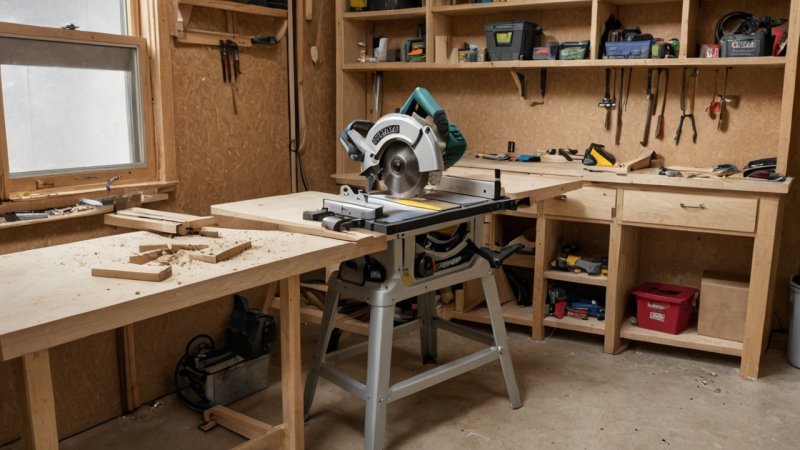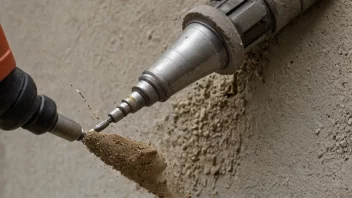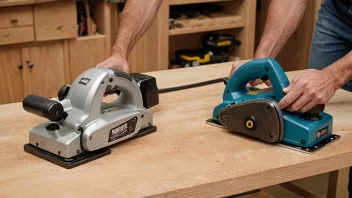When it comes to woodworking and DIY projects, having the right tools is essential for achieving professional results. Among the most common power tools are the circular saw and the miter saw. Both tools serve distinct purposes and have their own advantages and disadvantages. In this article, we will compare these two saws to help you determine which one is best suited for your needs.
Overview of Circular Saws
A circular saw is a versatile power tool that uses a toothed or abrasive disc to cut through various materials. It is portable, making it ideal for both indoor and outdoor projects. Circular saws can cut through wood, metal, and plastic, depending on the blade used.
Pros of Circular Saws
- Versatility: Circular saws can be used for a wide range of cutting tasks, including rip cuts, cross cuts, and bevel cuts.
- Portability: Their lightweight design allows for easy transportation and use in different locations.
- Cost-Effective: Circular saws tend to be more affordable than miter saws, making them a great choice for budget-conscious DIYers.
Cons of Circular Saws
- Less Precision: Circular saws may not provide the same level of precision as miter saws, especially for angled cuts.
- Learning Curve: Using a circular saw effectively requires practice and skill to ensure clean cuts.
Overview of Miter Saws
A miter saw is specifically designed for making precise cross cuts and angled cuts, particularly in framing, molding, and trim work. It typically features a sliding or compound mechanism that allows for greater cutting capacity.
Pros of Miter Saws
- Precision Cuts: Miter saws are designed for accuracy, making them perfect for intricate projects that require precise angles.
- Easy to Use: Most miter saws come with built-in features like laser guides or LED lights that enhance cutting accuracy.
- Speed: Miter saws enable quick and efficient cuts, making them ideal for repetitive tasks.
Cons of Miter Saws
- Limited Portability: Miter saws are generally bulkier and less portable than circular saws.
- Higher Cost: Miter saws tend to be more expensive, which may not be justifiable for casual users.
Cutting Capabilities
The cutting capabilities of each saw are a significant factor in deciding which tool to use. Circular saws can cut larger sheets of material and are better suited for making long, straight cuts. In contrast, miter saws excel in making precise cross cuts and angled cuts, particularly in smaller pieces of material.
Types of Cuts
Another important aspect to consider is the types of cuts each saw can make:
- Circular Saw: Capable of making rip cuts, cross cuts, and bevel cuts.
- Miter Saw: Primarily designed for cross cuts and miter cuts, with some models allowing for bevel cuts.
Safety Features
Safety is paramount when using power tools. Both circular and miter saws come equipped with safety features, but their effectiveness can vary:
- Circular Saw: Features such as blade guards, electric brakes, and safety switches are common.
- Miter Saw: Often includes a blade guard and a safety switch, as well as features like laser guides for better visibility.
Conclusion
In conclusion, the choice between a circular saw and a miter saw largely depends on your specific needs. If you're looking for versatility and portability for a range of cutting tasks, a circular saw may be the best choice. However, if precision and speed for detailed work are your top priorities, a miter saw could be the tool for you. Consider your projects, budget, and workspace to make an informed decision. Both tools have their unique strengths, so investing in the right one can enhance your woodworking experience.






